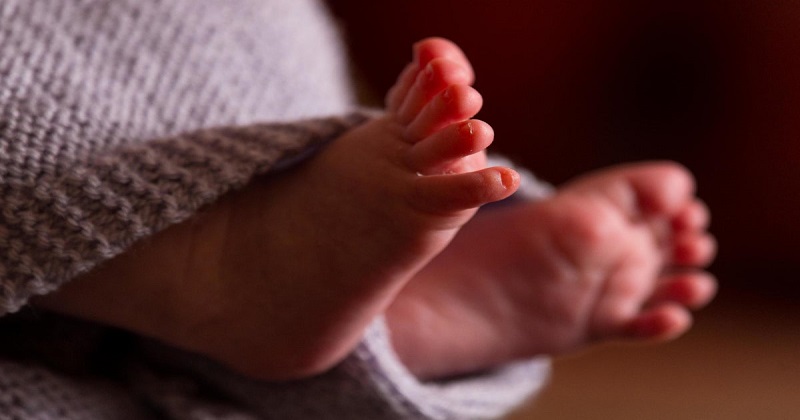
Marriages in China dropped to a 36-year low last year, worsening the country’s demographic problems, according to analysts, who predict this will add to the country’s declining birth rate. In China, 7.63 million couples have registered to marry in 2021, a 36-year low since the Ministry of Civil Affairs began reporting such numbers in 1986.
Because most children are born within marriages, a decrease in the number of marriage registrations would surely result in a decrease in the birth rate in China, according to He Yafu, an independent demographer for the state-run Global Times. The National Bureau of Statistics (NBS) reported earlier this year that China’s population increased by less than half a million last year to 1.4126 billion as the birth rate fell for the fifth consecutive year, fueling fears of a looming demographic crisis and its negative impact on the country’s economy in the future.
According to NBS data, China’s population increased by 480,000 from 2020 to 2020, down from 12 million. Coupled with this, China is also witnessing a continuous fall in marriage registrations. Over the last three years, the number of marriages has dropped dramatically. This is due to less than 10 million couples marrying in 2019, less than nine million in 2020, and less than eight million marriage registrations in 2021. According to Global Times, the number of couples who married in 2021 was just 56.6 percent of the amount in 2013, when the number of marriage registrations peaked.
According to estimates, marriage registration rates in China have been dropping for eight consecutive years. This is due to a diminishing number of young people, more males than women of marriageable age, and the desire to postpone marriage until they are older. Furthermore, as Chinese women’s educational and economic growth improves, their propensity to marry is lower than men’s.
Marriage rates are dropping in both rural and urban regions because the costs of marriage and child-rearing are growing in both undeveloped and developed areas, according to James Liang, economist and chairman of China’s biggest travel operator Trip.com. Furthermore, the average age of Chinese couples who married had grown dramatically. In East China’s Anhui Province, the average age for first-marriage registration in 2021 was 33.31 years, up from 26 years in 2008.
According to Liang, the delayed marriage age in Anhui was alarming because it was significantly higher than in regional affluent countries such as Japan and South Korea. Because Anhui is not the most evolved province in China, the ages of first marriages in more sophisticated places such as Beijing and Shanghai would be much higher. This indicates lower marriage and birth rates. In 2016, China allowed all couples to have two children, ending a decades-long one-child ban that policymakers blamed for the present demographic catastrophe.
Beijing issued a new Population and Family Planning Law last year, enabling Chinese couples to have three children. This was in an apparent attempt to address couples’ reluctance to have additional children due to rising costs. The decision to allow a third child came after a once-in-a-decade census in 2020 revealed that China’s population expanded at its slowest rate in decades, reaching 1.412 billion. The census statistics indicated that China’s demographic dilemma was projected to worsen as the population over 60 years old increased by 18.7 percent to 264 million.

Post Your Comments